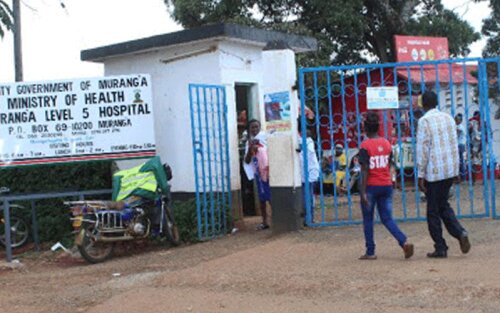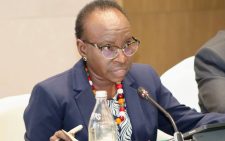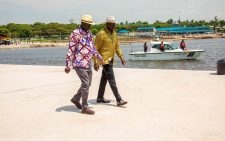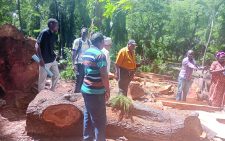Tragedy of limited power in African health facilities

With Sub-Saharan Africa’s soaring commodity prices and its leaders worried about energy shortages and rising prices of fuel, health facilities have largely been consigned to the back banner, with most lacking access to electricity, thus putting millions of lives at risk.
Indeed, electricity plays a huge part in our everyday lives.
Be it at home, school, local shopping centre or our workplaces, our daily routines almost wholly revolve around use of this commodity.
Yet, despite its centrality to our core functions, it seems inconceivable that an estimated one in two healthcare facilities in Sub-Saharan Africa has no electricity, exposing over 1.4 billion people to possible death. Which begs the question; where did the rain start beating us and how can we extricate from this difficult position?
Francis S. Collins, in his observations on the growing importance of health to economies, says there is a correlation that as the economy of a country improves, so the health of its citizens improves. However, he says what may be less obvious is that improving the health of a nation’s citizens can directly result in economic growth, because there will be more people able to conduct effective activities in the workforce.
Regrettably, Collins’ second observation is true; that most of the energy infrastructure projects in Sub-Saharan African countries appear geared to drive the manufacturing sector and lighting homes at the expense of healthcare facilities. Whether this is by default is a matter of conjecture. Of importance is how the individual countries can pool their ideas and resources to power these lifesaving facilities.
A virgin area yet to be exhaustively explored is harnessing renewable energy, especially solar. Whereas the continent could be lacking in geothermal resources, solar energy is in abundance and can even be accessed even in cloudy weather, making it available at all times. The case for solar is more urgent with the impact of climate change a constant threat. Though Africa contributes only fourper cent of global greenhouse gas emissions, the continent is the most at risk from climate change, with extreme weather resulting in drying of many rivers, a leading source of hydro-power production. In some countries like Malawi and Zambia, where hydropower accounts for over 75 per cent of installed electricity, a report by researchers from the London School of Economics indicate that many of these new hydropower projects are located in areas of high rainfall variability, which will be further intensified by climate change leaving them vulnerable to drought. These new dams could put the security of supply at risk. The World Bank estimates that about $1 billion per year is needed through 2030 to electrify sub Saharan Africa’s health facilities.
With competing development interests for scarce financial resources, deploying solar power to run the facilities is seen as the best option. Many experts agree that distributed generation powered by solar photovoltaic systems is the most cost effective and fastest solution to connect electricity to these facilities.
One school of thought has it that to alleviate the funding problem, a renewable energy public-private collaboration financing model can be adopted. That Sub-Saharan African governments should take advantage of the expertise from several international solar companies willing to distribute solar generation projects for competitive tendering to private energy services distributors.
This model can be replicated across Sub-Saharan Africa, where energy access and reliability is of acute concern. There is also a growing narrative by the World Bank and United Nations Sustainable Energy for All programme that Africa’s public healthcare facilities should be private-sector driven to provide reliable electricity to rural and peri-urban clinics without power supply and to hospitals in urban areas which, though connected to the grid, suffer constant supply interruptions.
In both instances though, care must be taken to avoid a situation similar to that which involved international relief agencies over the last decade. In this case, fully funded multi-million dollar solar generation installations for health care facilities were left in the hands of public facility managers without funding or training knowledge to operate and maintain the new infrastructure. This has resulted in poorly maintained solar infrastructure, with many falling into disuse and the public perceiving that solar technology is unreliable.
—The writer is a journalist
news4noel@gmail.com










